The Right Stereo for Your Vinyl: Common Mistakes to Avoid with Your First Stereo
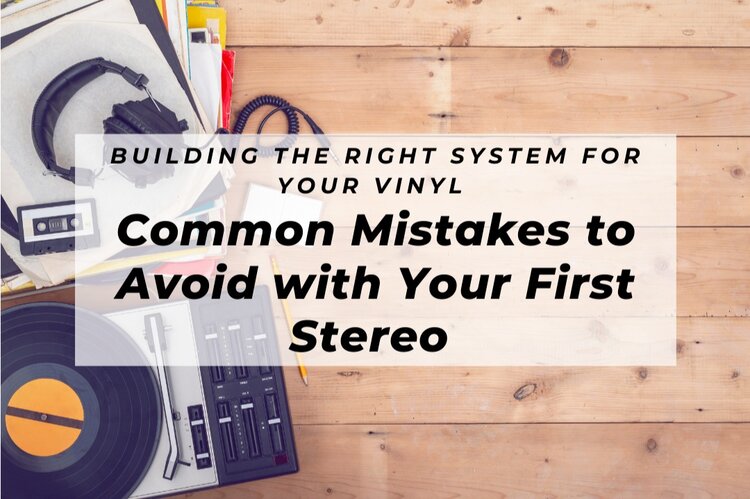
We’ve all been there. You’ve got a new hobby. It’s going to be great. “I’m serious,” you say. You read the blogs. You buy the gear. You buy the t-shirt that says you bought the gear. And then, six months later… the gear is collecting dust and you’re still paying off the credit card balance.

…and our deluxe model will also file a simple tax return. Photo by Kzenon
You can definitely fall into this trap with vinyl. You are choosing to listen to music in a way that is undeniably less convenient than other formats. It requires at least a couple hundred dollars of equipment (and many people will encourage you to spend a lot more). Many people end up with expensive paperweights.
Fancy equipment is useless if you just end up resenting it. The goal of building a vinyl stereo system is to create something that you use and enjoy. In that spirit, here are a few tips to guide you to the system that fits you and your needs.

My record player transformed me into an interdimensional being. Photo by Bryan Catota
Set Expectations
Vinyl is not magic, so you shouldn’t expect a magical experience. “If you think [vinyl] is going to change your view on music, you are going to be disappointed,” said Andrew Robinson, who hosts a popular Youtube channel on home audio, video, and design. When you’re getting your first record player, approach it “with the attitude that ‘I’m picking up a hobby,” says Robinson. “The same way you would if you are picking up cooking.”

Photo By Djordje Petrovic
Put a toe in the water
The best way to figure out if you like playing records is to play them. So look for ways to play some records before throwing down thousands of dollars on equipment. If you’ve got a parent or a friend that has a turntable, see if you can spend an afternoon spinning some vinyl. If you’ve got $50-$100 to burn, try one of those suitcase players. (We say ‘burn’ because, if you do build a proper stereo system later, your suitcase player likely won’t be a part of it.) They won’t sound as good as a full-blown stereo, but they can give you a taste of the dusting and needle dropping rituals of the turntable. If getting up to flip a record every 20 minutes or so feels more tedious than charming, vinyl is probably a waste of your hard-earned money.
Build Vinyl into your life, not the other way around
If you do invest in a record player, put it in the room where you are going to spend your time. If that’s your living room, put your player in your living room. If it’s your kitchen, put it in your kitchen. Don’t set up your record player in a back room that you never use. Don’t create a shrine dedicated vinyl where you intend to listen to vinyl and nothing else. Chances are, you will never visit that room.

Listening to records without pearls on is indecent. Photo by: Anneke Schram
We were actually surprised how frequently this came up in our interviews and reading. Serious audiophiles spend thousands of dollars creating perfect acoustic environments for Hi-Fi and home theater. Then they use those rooms three or four times before ultimately dismantling them and selling the parts for pennies on the dollar.
We think it is better to have your record player there where you already like to cook, or read, or sip a cocktail, or whatever. Even if that means your speaker placement, etc, won’t be perfect, your music should play where your life happens.
Useability, Useability, Useability
There’s no way around it: vinyl is an inconvenient way to listen to music. But there are features that can make it just a little less inconvenient. And that little bit can make the difference.
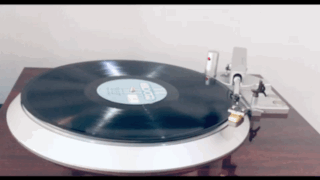
Auto-Return in action
For instance, some turntables will automatically stop the platter or lift the tonearm at the end of each side of the record. These auto stop and autolift functions are handy, because a fully manual turntable will keep spinning, making an annoying sound and potentially damaging your stylus, until you get up to stop it. That can feel really burdensome if, say, you’re cooking dinner and your hands are covered in sauce.
Many of the turntables we have talked about and recommend are fully manual, and for good reason. “The best turntables out there… have no features,” explains Bob Hazelwood, Director of Engineering and Product Development at Andover Audio. “And from a straight performance standpoint, that’s ideal because you don’t have any kind of mechanism that’s dragging your tonearm or affecting your tracking or any of that stuff.”
“But I can tell you,” he adds. “It’s a pain in the neck sometimes.”
So consider a turntable that has auto stop, auto lift, or auto return. Or even a fully automatic turntable. And if you go for a fully manual turntable, consider adding a cue lever or a mechanism like the Q-Up that will lift the tonearm at the end of a side.
And extend the usability thought process to other elements of your system as well. Is it going to get annoying to get up and change the volume on your stereo? You need a remote, maybe even an available app for your phone. Are you going to want to stream music from your phone? Look for a receiver or speakers with Bluetooth connectivity. If those sorts of features are going to mean the difference between using or avoiding your stereo, they are worth investing in.
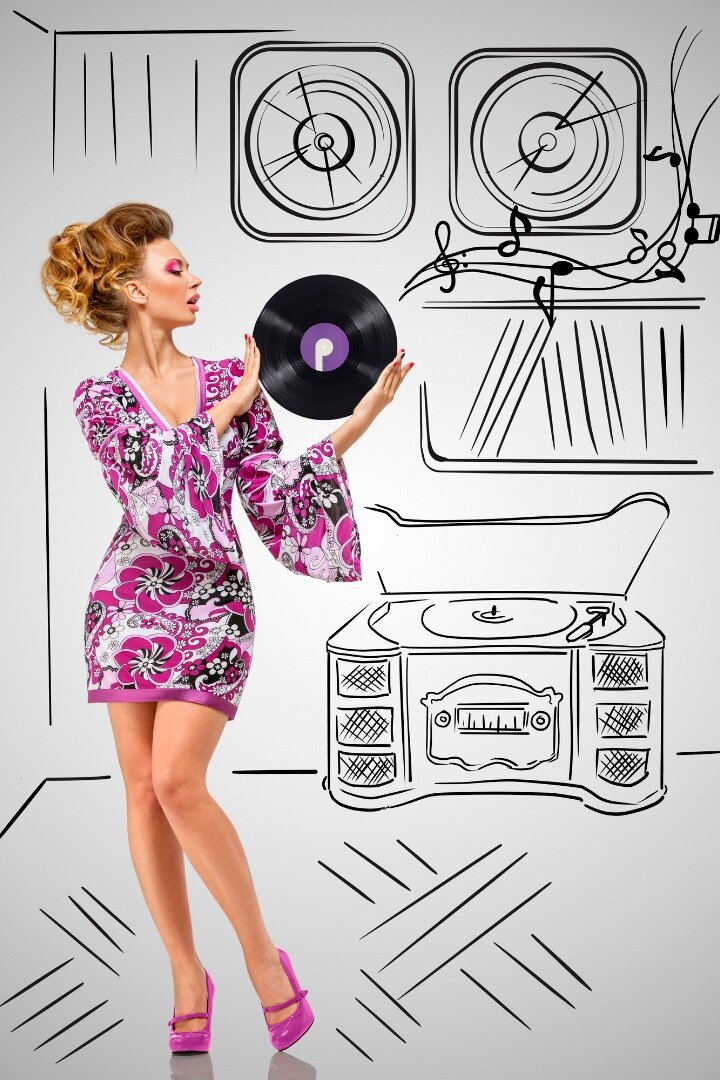
Photo by Dmitry Fisher
Fall in love physically and emotionally
It sounds shallow, but don’t buy something you think is ugly. “Aesthetics are very important,” says Hazelwood, “because you look at these things more than you listen to them, most of the time.” If you can’t stand the sight of your turntable, you will hide it. You will move it to a back room and forget about it. Except for when you remember that time you spent all that money on that stupid record player you never use.
What is ugly? that is entirely up to you. You can go for something clean, compact, and minimal. Or big, blocky and vintage. Or slick and piano glossy. All that matters is that you like it and want to bring it into your home.
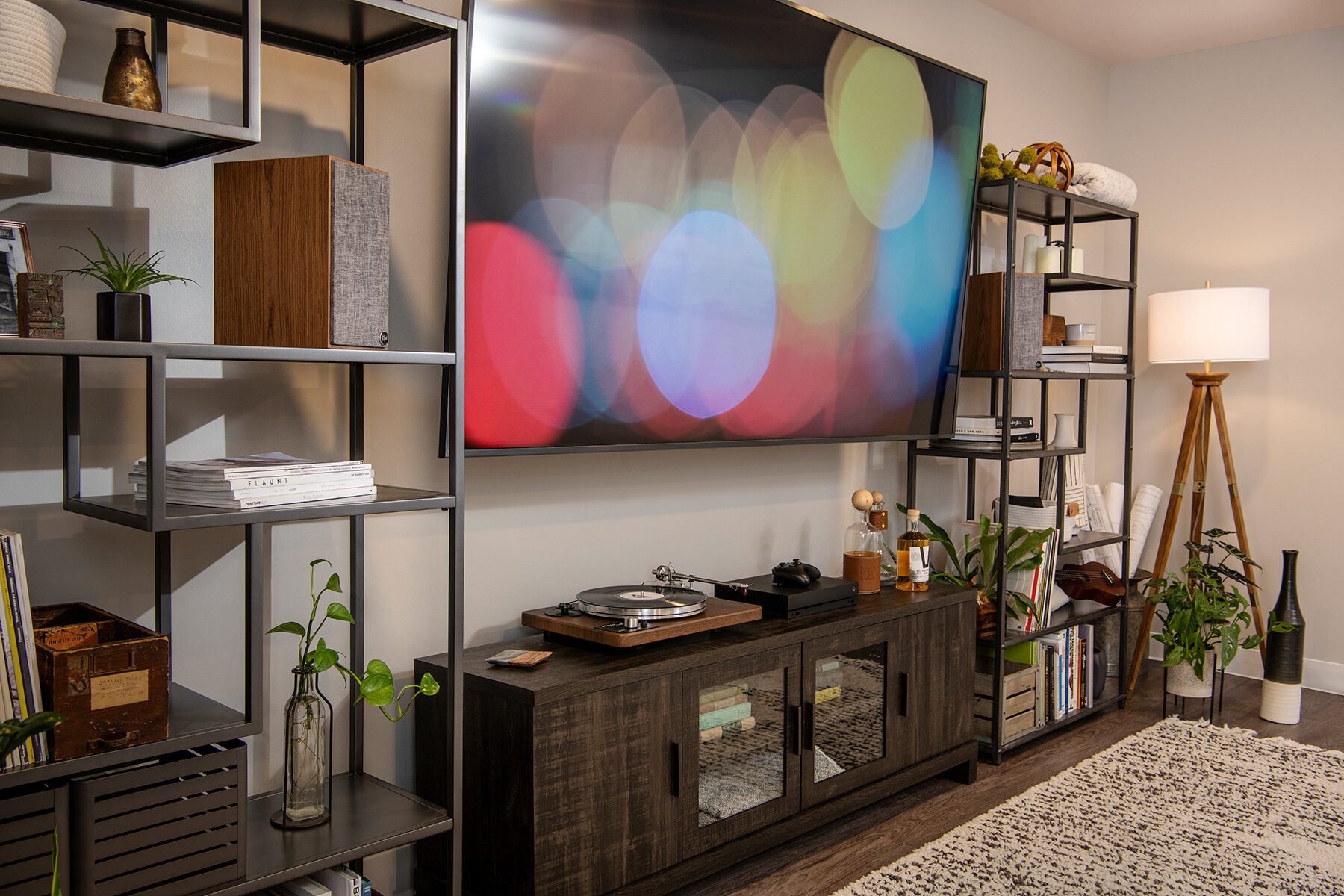
A pair of Klipsch Fives powered speakers include HDMI as well as RCA inputs, so they can function as your tv soundbar as well as your stereo speakers.
Think Beyond Vinyl
As we’ve discussed elsewhere, when you are looking at building a stereo for vinyl, think about how you listen to music now, and what else you want to do with it. Do you want to connect it to your TV? Or have other inputs like a CD player? You probably want a receiver with several inputs and some passive speakers. Are you going to want to hear music in different rooms? Think about a wireless system like a Sonos or a Bluesound? Are you pressed for space? Think about a minimal system with a turntable and some powered speakers (make sure that either the turntable or the speakers has a preamp built in). Are you going to want to stream from your phone? Look for powered speakers that are Bluetooth capable (many are).
You don’t need a Bugatti
If you do decide you want a turntable, you may feel pressure to spend extra for rarefied gear so you can prove your credibility on Reddit. That’s a good way to end up unhappy. Thom of Fred’s Sound of Music in Portland, OR, likens it to buying a car. “I try to steer people away from just getting ‘the best,’” he says. “It’s like getting a Bugatti. It’s awesome, but if you don’t have a full garage and a mechanic, it’s not going to do you much good.”

Turns out, they go the same speed in traffic… Photo by F1&Supercars Challenge
Instead, think about what you expect and what you want to pay. If you haven’t driven much, the most important thing is just getting on the road. A Honda Civic might be a great choice for you because it’s reliable, solid, and affordable. If you’re spending weekends driving mountain roads for fun, it might be worth it to you to shell out for a BMW to get better handling.
“If someone is ready to invest on a system at this level, my first question is always ‘Have you ever done this before?’” says Robinson. “If not, get a [$100] Audio-Technica.” If your parents had a nice system, or you have a buddy with a high-end audio setup, you might have different expectations, and you should buy accordingly. But don’t raid your 401k to try and impress Twitter.
Bigger isn’t better
When you are shopping for equipment, it can also be tempting to look for a big monster amplifier and giant speakers. We definitely get it. Big and loud is fun. But unless you’re kicking out your jams in a warehouse, you’re rarely going to need or use a lot of volume, according to Hazelwood.
A typical listening volume for your living room is 85 decibels (dB), he explains. It takes double the amplifier power to get an additional 3dB. “So at 88 dB, which is pretty loud,” he says, “Oh, that’s two Watts. 90 dB, that’s four watts.”

This is… excessive. Image by Acoustic Frontiers
Speakers can actually be too big for good sound as well. Due to complicated physics that we don’t really understand, big drivers (the actual speaker cone emitting the sound) tend to focus high frequency sounds, so it is harder to hear those frequencies if you are standing off to the side of the speaker compared with in front. These dispersion impacts are magnified in a small room because you have less flexibility to mitigate them with speaker placement, etc. If you get a speaker with drivers bigger than 12-inches in diameter for a small room, that is when you may notice some degradation in your sound, according to Michael Buratto, Senior Product Manager at Klipsch.
Again, that’s not to say you shouldn’t buy a big amp or big speakers. And whatever you do buy should be a good match for your speakers; a 20 watt amplifier may struggle to drive 200 watt speakers, for instance. But circumstances where you can show off all that power are rarer than you think. So you should look for a good system with the features that you need before you look for a big system.
Look at the technical specs, but don’t treat them as gospel
Frequency range? Impedance? Watts per channel? Resolution? The experts we talked to agreed that looking for these sorts of specifications is helpful to whittle down your list of candidates. Some specs tell you about sound: Frequency response indicates how high and low a speaker will play. “If you have a speaker that cuts off at 125 hertz at the low end, it’s not going to sound good without a subwoofer to deliver the base,” says Buratto. “You want to get well below 70-80 hertz for stand alone floor speakers if you really want to hear that kick drum.”

You’ll know when the equipment is optimized for all specifications because quarters will begin to spill out from the screen. Image by Frame.io Insider.
Other specs tell you about compatibility. Impedance is mostly important to make sure that your amplifier and speakers are compatible (if you’ve got 8ohm speakers, make sure your amplifier can put out 8 ohms). Watts per channel indicates how loud an amplifier can play, but, as we covered earlier, for most use cases, this spec is most important as a way to make sure the speakers are matched with the amplifier (speakers should be capable of handling as much, or a little more, power as the amplifier can generate).
But if you are looking for technical specs to tell you which equipment is superior, you’re out of luck. “It’s easy to develop a way of making a measurement that will prove your product is better than everyone else’s.” says Hazelwood. “Count on it, every marketing department in every company has done that.” For that reason, the numbers on the box won’t tell you if you like the sound. Only listening can tell you that.
So use specs to narrow down your list of candidates. Then try things out. Hazelwood notes that lots of companies offer free returns. If you buy and don’t like something, you can send it back.

Photo by Olha Dobosh
The best test is if it feels right
The mark of a good stereo is whether or not you like it. If it sounds good to you, and you like using it, and it is welcome on your cabinet top, then it is a good system. Check review sites to make sure that your turntable isn’t going to fall apart as soon as you open the box. But don’t sweat it if there’s a post on an audio forum that says your stereo has inferior response in the high midrange. In your own home, you are the only reviewer that matters.
Leave a comment
Comments will be approved before showing up.
Also in Blog: Deep Cuts
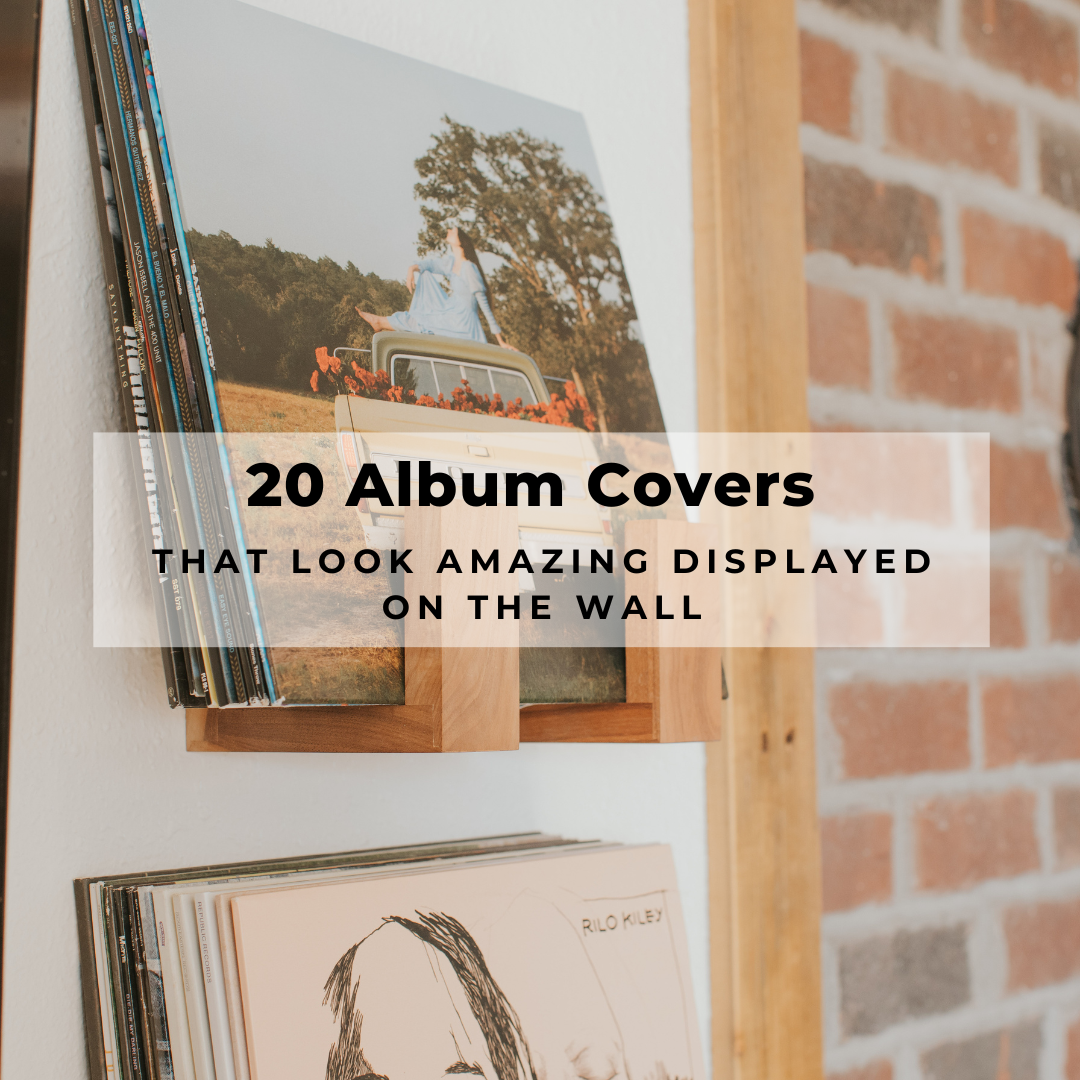
20 Album Covers Perfect For Displaying On The Wall
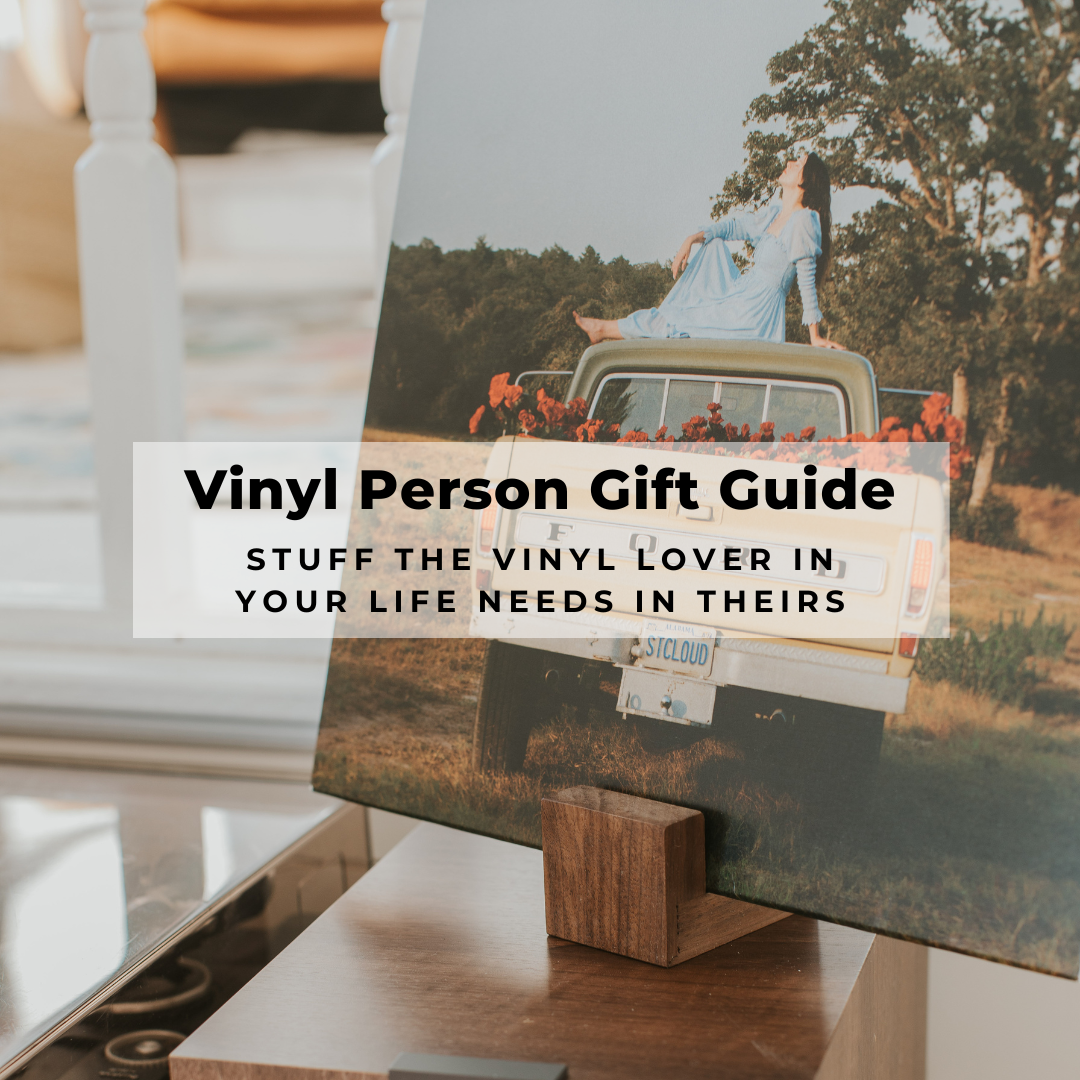
Our 2023 Vinyl Lovers Gift Guide

